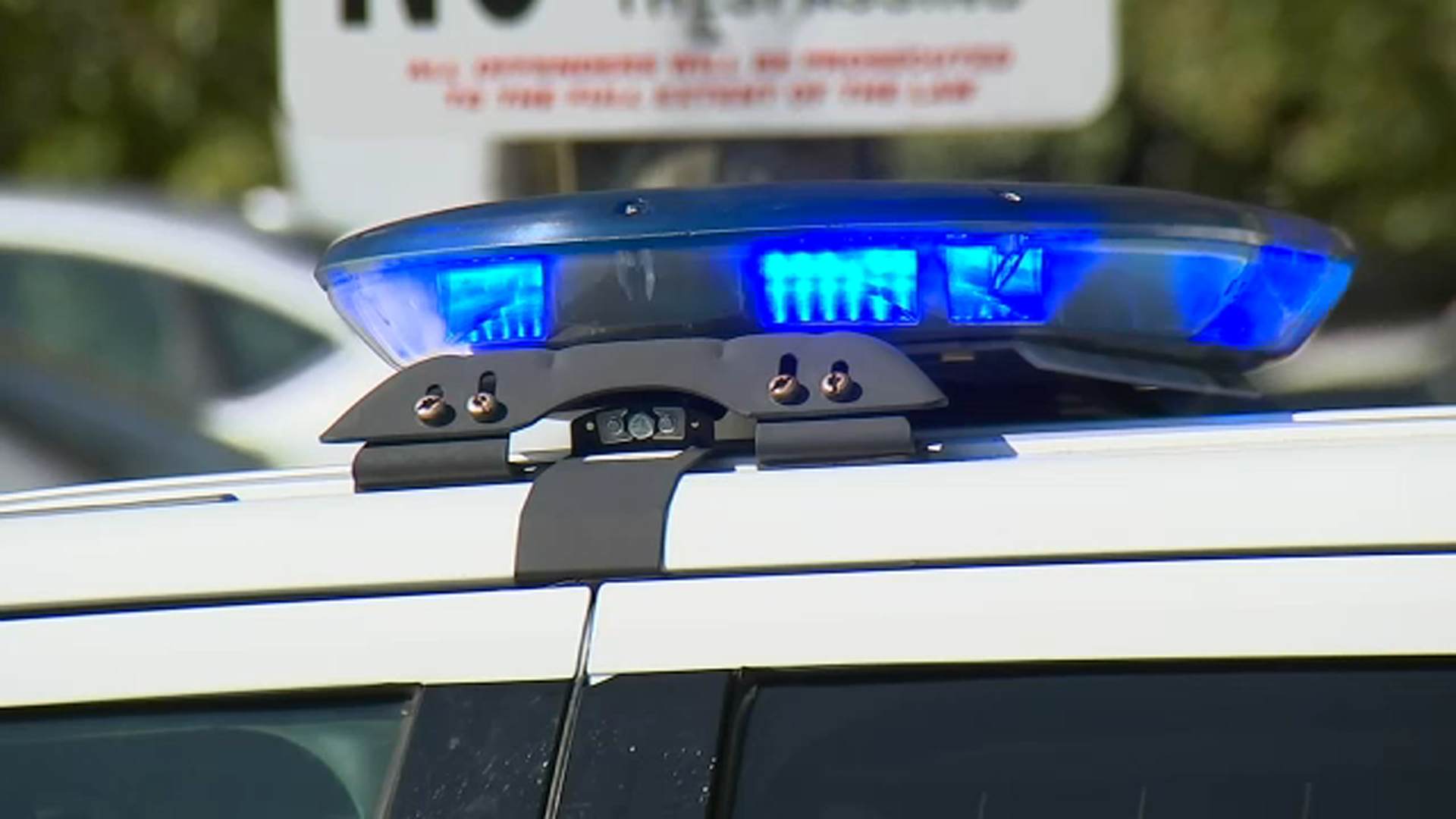I-Team: New data on opioids suggests good news for Wake County
RALEIGH, North Carolina (WTVD) -- Emergency room visits for opioid and heroin overdoses are rising across the state, but Wake County seems to have the lowest number of cases by percentage of population.
Stay on top of breaking news stories with the ABC11 News App
In new data obtained by the ABC11 I-Team, the North Carolina Injury & Violence Prevention Branch reports a 47 percent increase in visits to the emergency room for opioid overdoses this past October compared to last year (485 vs 330), and 81 percent jump in ER visits for heroin (343 vs. 189).
RELATED: See the opioid heat maps (.pdf)
Along with the data, the state released "heat maps" showing the highest concentration of cases in Guilford, Mecklenburg, Buncombe, Cabarrus, and Cumberland counties - up to 16.5 per 100,000 residents.
"What I take from this is that we have a crisis in North Carolina and it's getting worse," Attorney General Josh Stein told ABC11. "We are looking at where are the pills being distributed in our state and this data will be helpful in our investigation."
According to the report, most patients were male (65 percent), white (87 percent) and between the ages of 25 to 34 (41 percent). Still, many ethnicities were represented and patients included men and women from infants to seniors.
Among the hot spots on the map are several cities and communities along the I-85 corridor connecting Charlotte and Greensboro.
RELATED: 2017 emergency room visits by county for opioid overdose (.pdf)
"Drugs are trafficked using transportation," Stein said. "It's not a surprise to me you see drugs on the 85 corridor that connects with Atlanta. Atlanta is major shipment point in the United States for heroin from Mexico."
A closer look at the data, however, shows little activity for emergency-room visits for Wake County and the surrounding areas - a percentage of population too small to register on the map.
Officials we spoke with, however, cautioned against construing that as good news.
Jeff Hammerstein, Assistant Chief of Wake County EMS, said one explanation for the lower number of ER visits might be the improved access to Naloxone, or Narcan, the life-saving nasal spray that can immediately reverse the effects of an overdose.
RELATED: 2017 emergency room visits by county for heroin overdose (.pdf)
"We'll treat with Narcan, someone will wake up from the issue they had going and not accept any other treatment and refuse treatment," Hammerstein explained to ABC11, and he added that these patients would choose not to go to the hospital.
Rebecca Wheeler, Education Chair of Wake County's Drug Overdose Prevention Coalition, thinks the job market and access to after-school activities may also contribute.
"We forget how lucky we are sometimes for all of the things going on in the Triangle," Wheeler said. "The rural parts of the state do not have the same resources."
ABC11 has decided to slowly reduce the number of stories on the website that have a comments section. We believe very strongly that our audience should have an opportunity to discuss and debate events in our world, however, we have not been able to moderate the comments as well as we would like. Instead of hosting a platform that could allow a few loud and ugly voices to dominate a conversation, we want to encourage everyone to join us on our social media platforms and speak out there. Facebook: facebook.com/ABC11 Twitter: twitter.com/ABC11_WTVD










